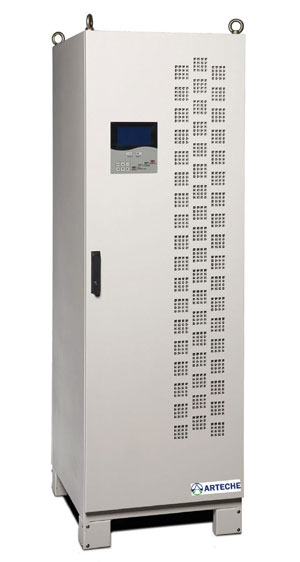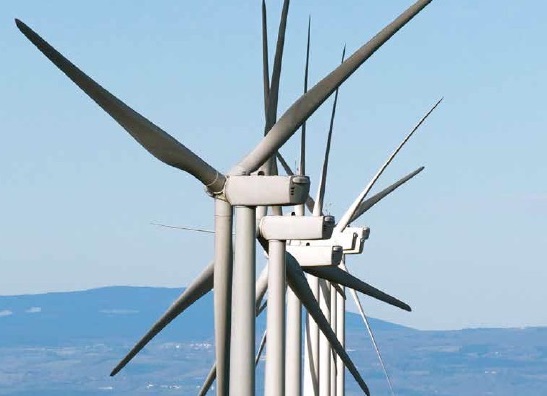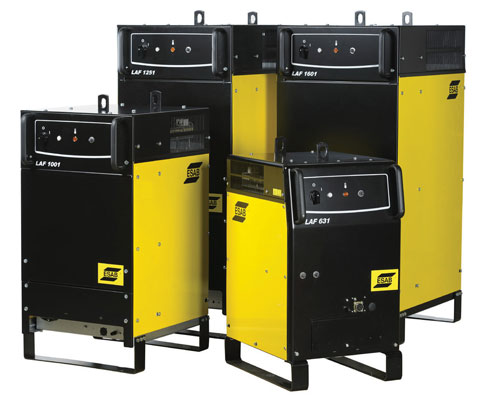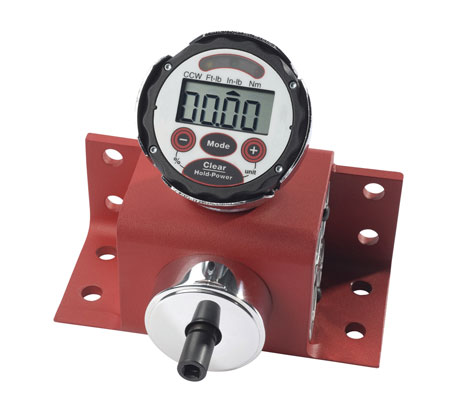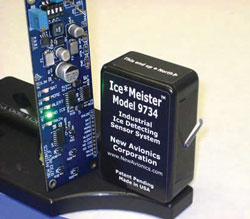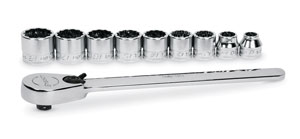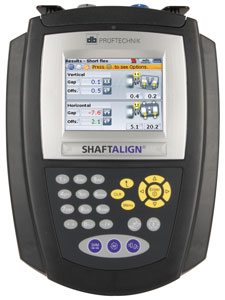Carlisle Industrial Brake & Friction introduces NoiseFree brake linings for wind turbine yaw braking applications. The NoiseFree range of brake linings have been specifically developed by Carlisle to meet the demanding requirements of yaw braking applications, where a high brake friction coefficient is required in combination with a long service lifetime and noise free operation.
NoiseFree linings are manufactured from a proprietary non-asbestos material at the company’s ISO9001 friction plant where the friction material is co-molded directly onto the backing plate to provide excellent shear strength and in-service integrity. This unique construction process ensures that this range of linings outperform any other organic lining available, enabling customers to increase their service intervals and maximize the revenue generated from their wind turbines. NoiseFree linings are available in a range of many different shapes, dimensions, and thicknesses to fit all commonly used wind turbine calipers, including products supplied by Svendborg Brakes, Sime-Stromag, and Antec.
For over 50 years, Carlisle Industrial Brake & Friction has produced a wide range of brake system products for the world’s most recognized OEMs in the agricultural, construction, military, mining, industrial, and wind turbine industries. Carlisle brake system products include hydraulic disc brakes for yaw, rotor, service and park applications, mechanical park brakes, full circle brakes, hydraulic brake valves, master cylinders, boosted master cylinders, and a wide range of friction materials. To learn more contact Phil Rhead at +44 1283 711 706 or wind.sales@carlislebrake.com. Go online to www.carlislebrake.com.

















